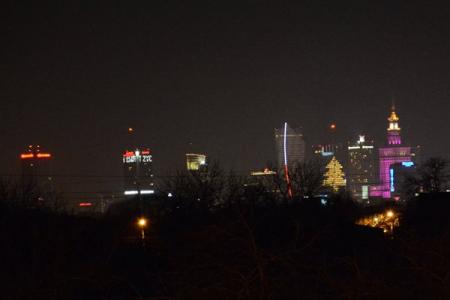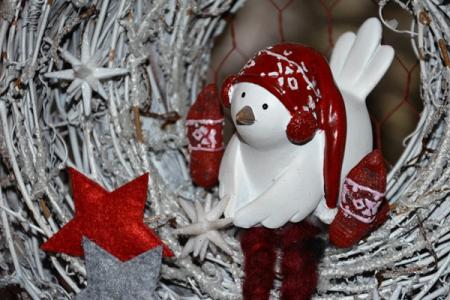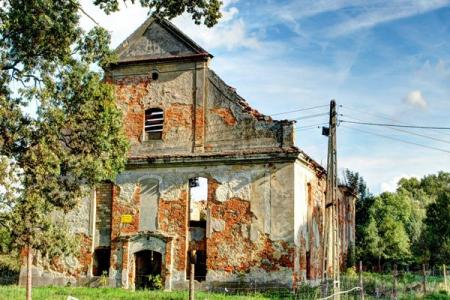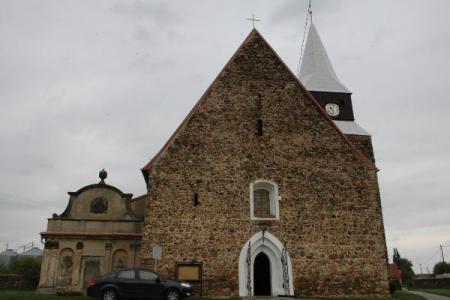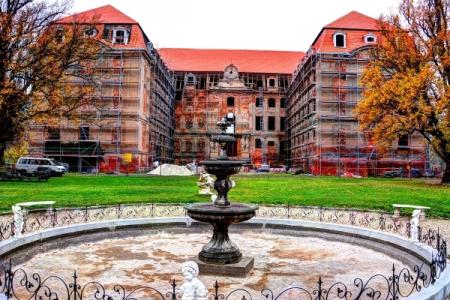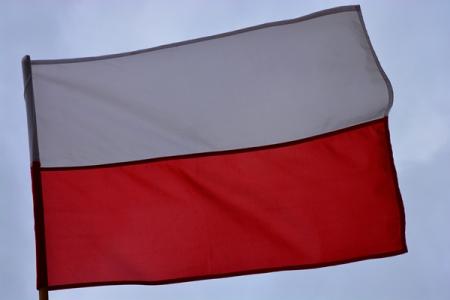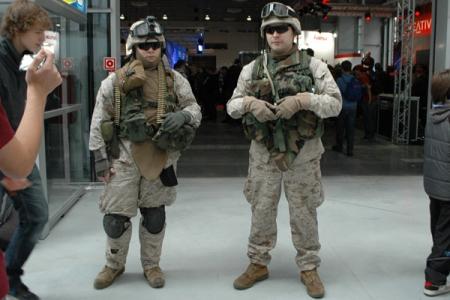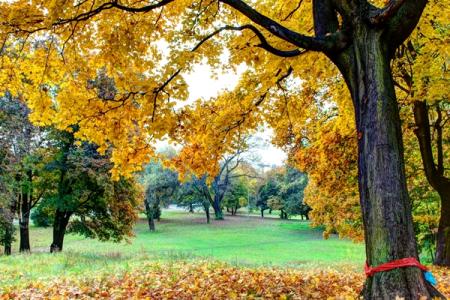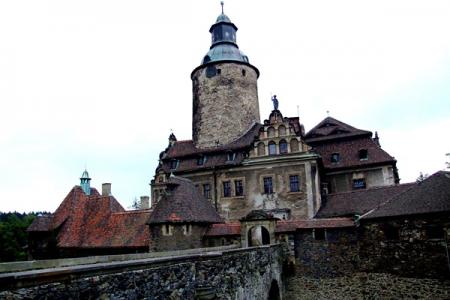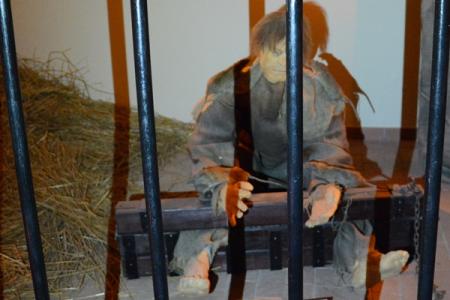
Photos
Dreamlike event in the Gallery Florist in Zary
Gallery Florist presented beautiful ideas for winter interior design. Refreshments prepared Palace Henryków . Another attraction was the avant-garde fashion show Maja Pawłowska-Geber.
Przecław (German: Ottendorf)
In the village Przeclaw are:
Gothic church of St. Jacob built in the early fourteenth century of stone. Inside the church altar at the beginning of XVIIwieku, Renaissance baptismal font in 1596 and the tombstones from the seventeenth and eighteenth centuries
The ruin of the Evangelical church built in 1769
Baroque parsonage from 1770 (now a residential house).
Church in Gościeszowice
In the village Gościeszowice is a historic Gothic church built in the second half XIII century. Surrounded by a wall with the historic gate. For late-Gothic tower of the church was built, and the Classicist chapel burial (about 1800 years) with wmurowanymi the wall renaissance tombstones.
The church has a shoulder pulpit, altar in the form of a triptych of 1505 r, the choir from 1592
The text above is derived from the information board in front of the church.
Brody (once Pförten) – the residence of earl Henryk von Brühl (1700-1763).
The palace was built for the Promnitz family in 1670-1674. A Sas minister Henryk von Brühl bought Brody in 1740 and developed the town, the park and the palace (1741-1749).
The palace was set on fire in 1758 and the garden surrounding it was devastated. The whole complex became the property of the Prussian rulers. Fryderyk August von Brühl (Henryk’s son) had regained the palace and rebuilt it.
11 November - Independence Day
National holiday celebrated on 11 November to commemorate Poland's regaining independence in 1918, after 123 years of partitions Polish made by Russia, Prussia and Austria-Hungary.
To commemorate the independence Poles hang out flag, and cities are organized official celebration.
Here are the photos taken during the celebration of Independence Day in Żary
Czoch Castle
Czoch Castle was built in the second half of the thirteenth century as a defensive stronghold on the initiative of the Czech King Wacław II.
The castle was rebuilt in Renaissance style in the sixteenth century.
On the night of 17 to 18 August 1793, the castle was burned down, rebuilt it a year later, and in the years 1909-1914.
Today the castle is a Hotel.
The Museum of old-day tortures in Zielona Góra
The exposition is located in the cellar of the Lubuska Land Museum.
Except for the exhibits of replicas of medieval and modern torture tools there are also graphics of an illustrator Robert Jurga. Except for the visual effects depicting the system of executing judgements and torture methods to the visitor there are also sound effects: readings of judgements and moans of convicts.
